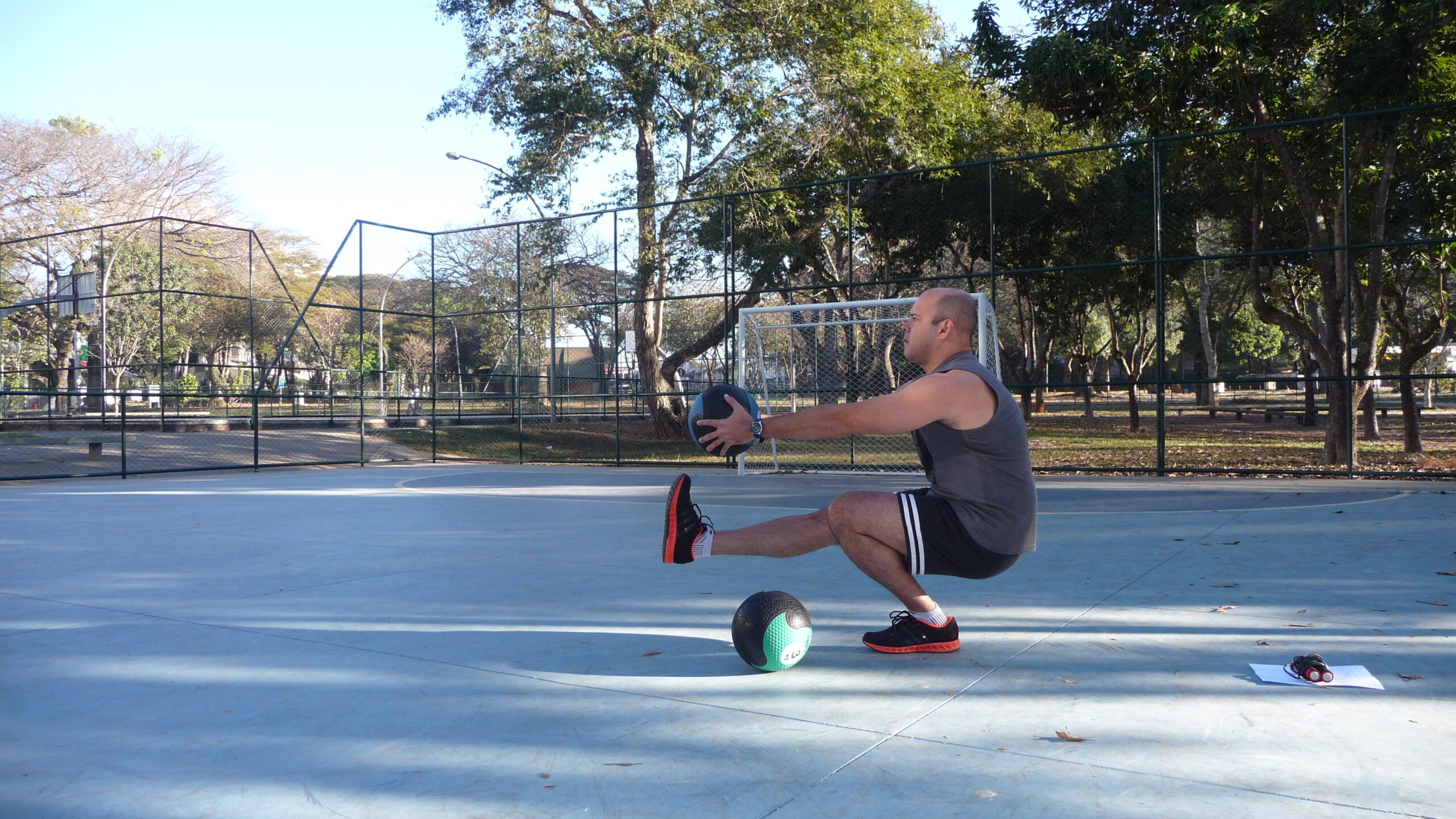Let’s find out ‘How Do I Create A Cardio Program?’ Setting up your cardio exercises is one of the first things you should do when starting an exercise program. You need exercise not only to lose weight, but also to improve your general quality of life. It makes you healthier, happier, and provides you more energy.
Any workout will feel difficult at first, so find something that you are comfortable with. You don’t have to adore it right away, but you do want something simple that you know you can master.

It matters less what you do, how long you do it, or how hard you work. What matters most is that you attend your regular exercises. This is why creating a program will help you succeed. Continue reading to find out how to put up a cardio program.
Setting Up Your Program
Choose A Cardio Activity
Choose an exercise that you like or, if that’s too strong a term, that you feel comfortable doing, since this will help you stay motivated. 1 This might include anything that involves a continuous, rhythmic movement that raises your heart rate.
Walking, jogging, cycling, home workout DVDs or online fitness videos, cardio devices such as a treadmill, stationary cycle, rowing machine, or elliptical trainer, exergames, organized or informal sports,
Do you despise cardio? Walking around your house, dancing in your basement, going through the mall, etc. may all count. Make it yours.
Choose The Days And Times You’ll Exercise
General guidelines recommend 30-60 minutes of moderate cardio most days of the week, but start with a) what you have time for and b) what you can take. If you are unsure, begin with a simple regimen that is 3-4 days a week.
Determine how much time you will devote to workout. Again, this is dependent on how much time you actually have (rather than how much time you believe you should have) and what you are capable of handling. One reason we don’t keep to our fitness routines is because we don’t work with our schedules as they are. 2 If you just have 10 minutes each day, that’s what you utilize for training.
Schedule And Prepare For Your Workouts
Put your exercises in your calendar just like any other appointment. Treat it like a doctor’s visit or a massage that you would never skip.
Plan ahead of time and begin preparing for your workout as soon as possible. If you work out in the morning, prepare your equipment the night before. If you want to work out in the evenings or after work, plan ahead of time. Before your workout, make sure you have everything you need: clothes, shoes, drink, a snack, a heart rate monitor, a phone, and so on. If it isn’t, you’ll have even another excuse to avoid your workout.

Start Where You Are And Check-In Weekly
If you can’t do 30 minutes, start with 5 or 10 minutes and advance by adding a few minutes to each workout until you can go for 30 minutes consistently. Make a list of any problems you’re encountering and deal with them as soon as possible. If you’re having trouble fitting in exercises, consider doing brief bursts of activity throughout the day.
Work at a moderate effort, aiming for the low-middle end of your goal heart rate zone. Don’t stress about working hard the first few weeks, but aim to work at a level that feels like true exercise.
Signs Of Overtraining
Overtraining is a prevalent issue among beginner exercisers. 3 You may overestimate the quantity of exercise you need to lose weight or enhance your fitness and forget that your body isn’t always ready for that amount.
Overtraining symptoms include a loss of motivation to workout, feeling more sore than normal, a higher resting heart rate, weariness, sleep difficulties, and mood changes.
How To Prevent Overtraining
Reduce your exercises if you see any indications of overtraining. At the absolute least, reduce the duration and/or intensity, or take a few days off entirely. 3 A systematic reduction in frequency and intensity is referred to as a deload. Deloads are an essential component of any exercise regimen. 4
When you’re ready, ease back into your normal workout, but keep things a little lighter than before. Take note of how your body feels before, during, and after workouts. If you feel exhausted for the remainder of the day, it might be an indication that you need to ease off on the intensity.
When you’re feeling overworked, another alternative is to try something new. Try yoga or easy stretching to relax, relieve tension on your body, and recover.
Rest and recuperation are essential for success, and this involves getting adequate sleep and ingesting enough calories to fuel your exercise.









